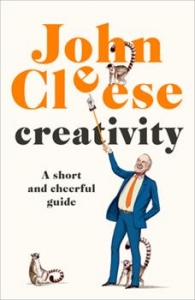Single-Topic Publications and Ghost Blogs: Sisters Under the Skin
Don’t eschew specialty magazines, is Don Vaughan‘s advice to writers looking for assignments. You don’t have to be a subject matter expert to write on specialty topics, he says – all you need is an innovative idea specific to the topic.
At Say It For You, we agree. Since our blogging clients are guaranteed exclusivity in their marketplace, we often find ourselves writing content on topics in which we’ve no prior experience or training. I couldn’t help chortling at Vaughan’s remark about the Portable Restroom Operator publication, which has been “chugging along since 2008”. (One might wonder, Vaughan observes, what there would be left to write about after two or three issues on the subject of toilets!)
Most specialty magazines, Vaughn explains, are eager to receive pitches from skilled writers with intriguing ideas that:
- touch on unexplained aspects of the magazine’s them
- offer new approaches to frequently reported topics
Specific tactics that Vaughan recommends for non-specialist magazine writers can be useful for blog writers:
- profiles of innovators in the field
- aspects of the topic’s history
- reflections on important anniversaries of the industry (or, in the case of blogs, of the company or practice)
- new product reviews
- profiles of prominent people who have benefitted from the product or service you offer
- news about developments in the industry
“On rare occasions,” Vaughan observes, “good story ideas may arise from not being knowledgeable about the publications’ topic (bloggers, read “client’s topic”). He shares the story of one writer who broke into writing for Guns and Ammo Magazine with a pitch about the first and only time he’d ever shot a gun. Human interest stories can be a source of out-of-the-box story ideas, showing how professionals addressed a very ordinary situation.
In blogging, as in writing for specialty magazines, creativity and intention count more than technical expertise!







Follow us online!